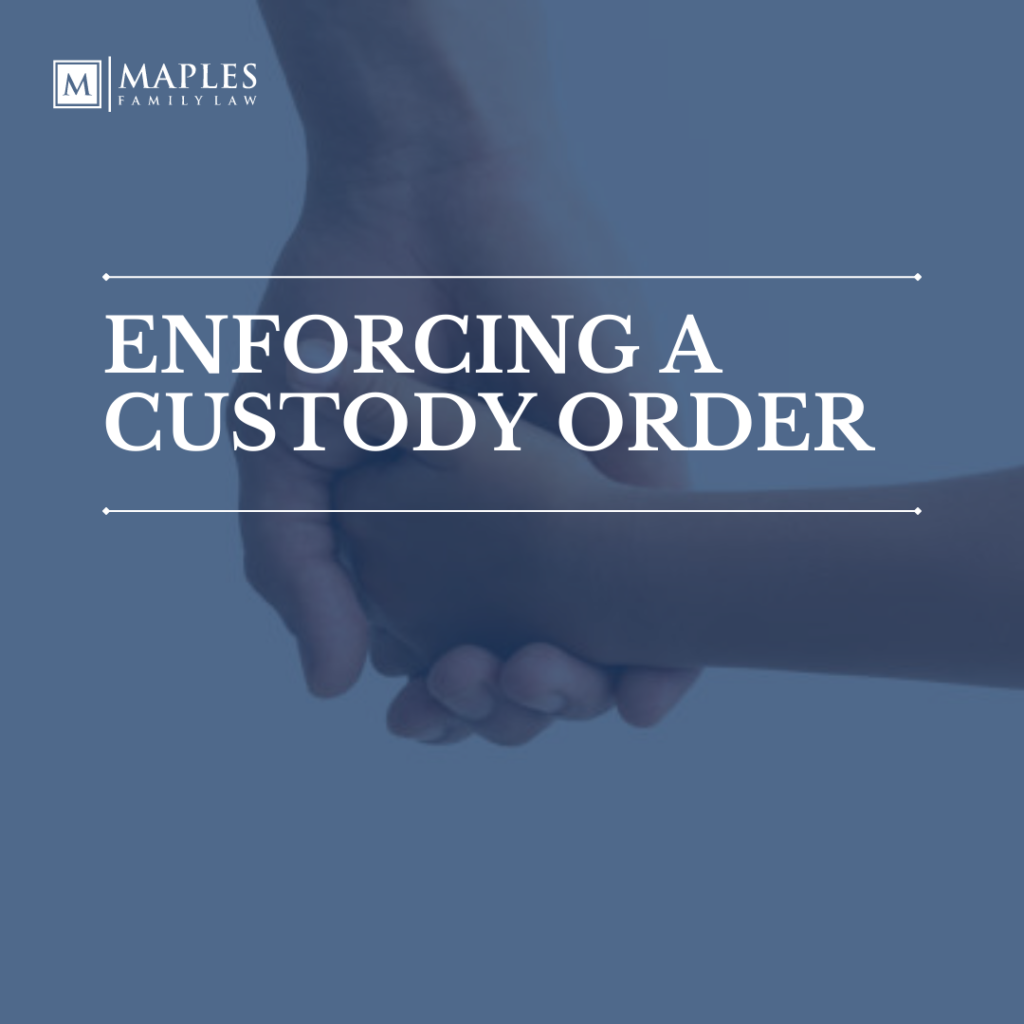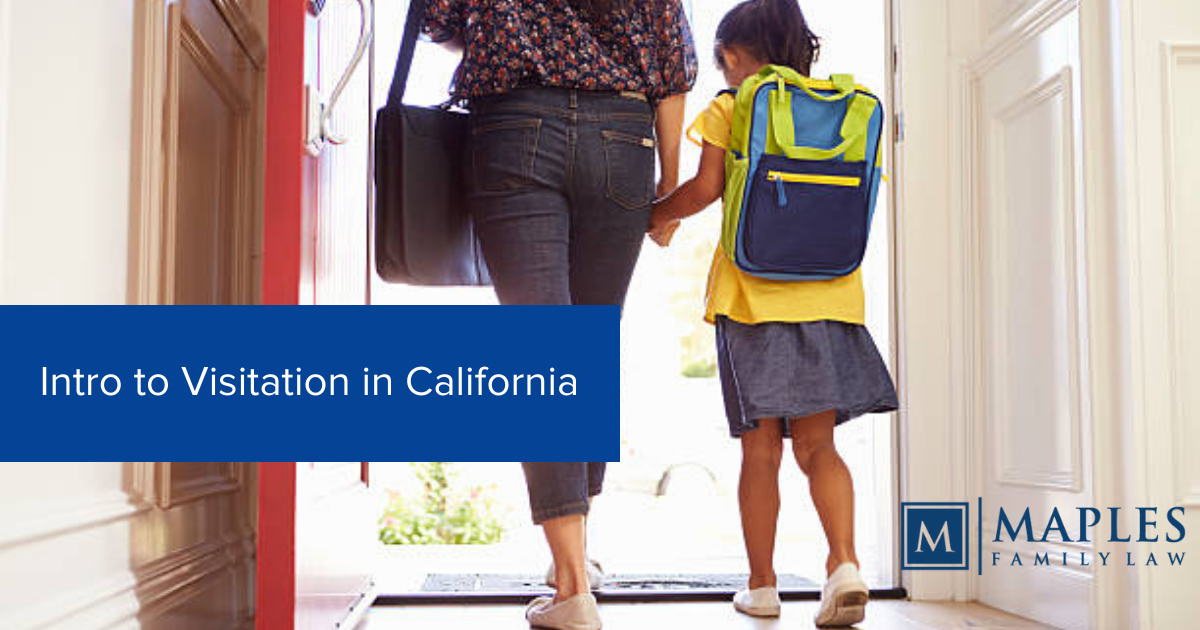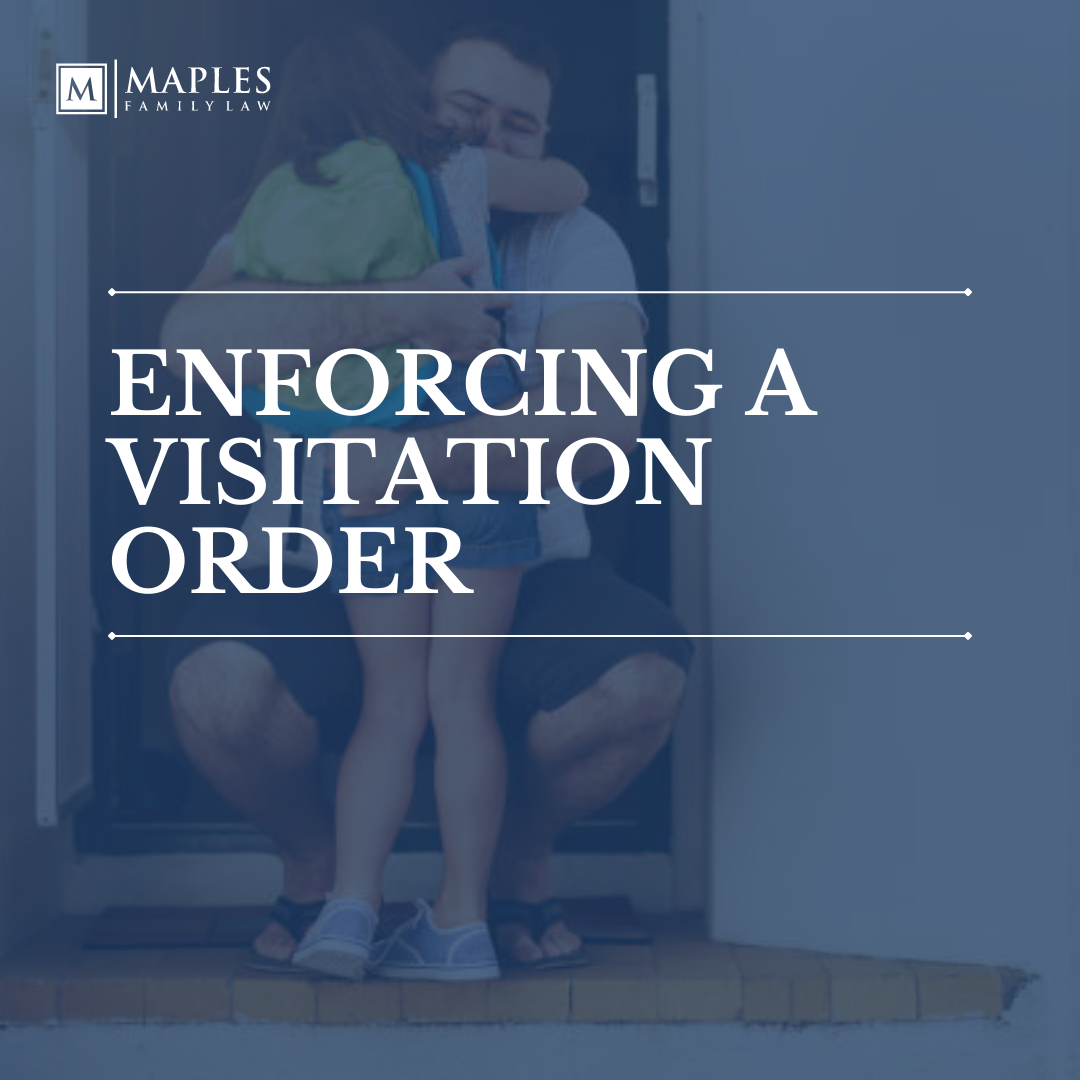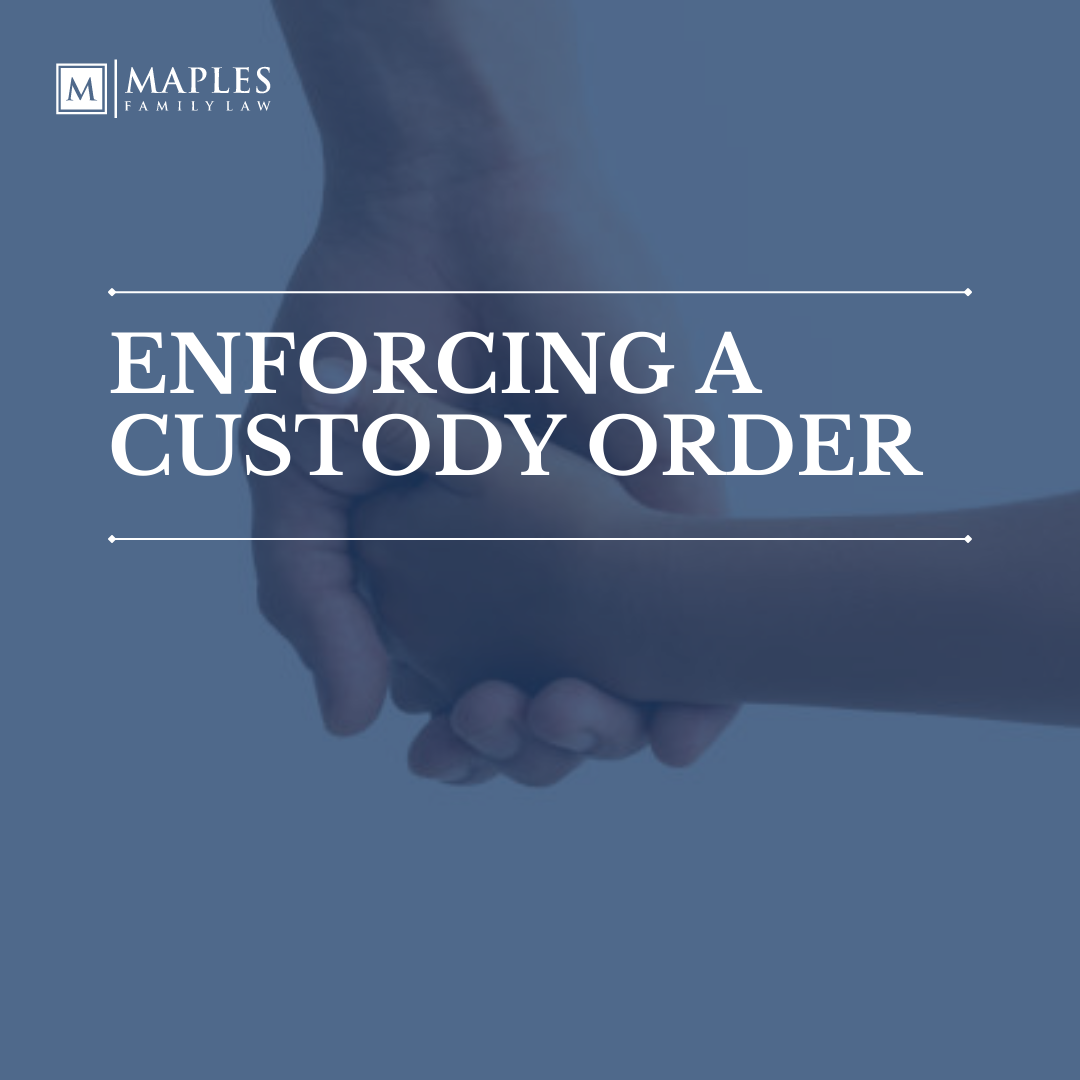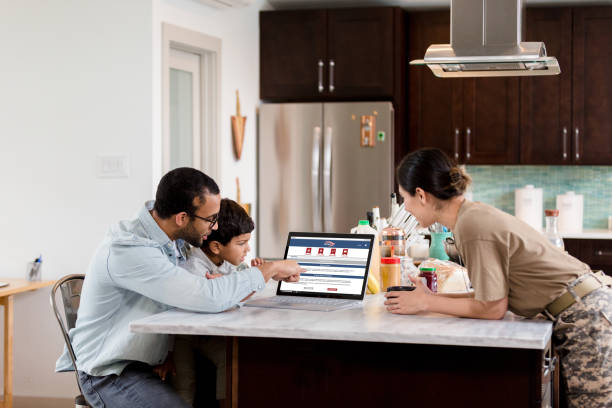
Effective Child Custody Orders and Law Enforcement: 3 Things…
Child Custody Orders: San Joaquin, California
In California, divorced, separated, or never married parents must agree on how they will legally, financially, and physically divide parenting responsibilities. In times of conflict, as is often present during family law matters, a court may need to decide the parenting plan for a minor child or children. While parents can create a detailed parenting plan and ask a court to incorporate it into a custody and visitation order, one or both parents may not follow the custody arrangement. What can you do?
Attain an Enforceable Visitation or Custody Order
A clear and concise order with specifics on the time and days each parent is to have time can help you avoid many misunderstandings. While flexibility is crucial for day-to-day interactions with your children, communication can break down between the parents. At times like this, it is imperative to have in writing the expectations of each party, including specific times and locations for pick-ups and drop-offs.
Keep a copy of your most recent child custody order. Ensure it is complete with the filed stamp and the judge’s signature. Recognize that the terms of custody must be spelled out in full and that vague orders will not be enforced.
Will Law Enforcement force My Child to Go?
Law Enforcement Agencies are the proper route to enforce your legal custody orders. However, officers will not typically force a child to go to visitation if they refuse.
Police respond to life-threatening emergencies. In most cases, they will not respond to a custody dispute unless immediate, life-threatening danger exists. While they may encourage parents to act as the order is written, getting involved in ongoing parental disputes may not be a priority in relation to their other responsibilities and duties.
Re-evaluating Your Custody Order
Co-parenting is a dynamic journey. Parenting plans and court orders may need to change as circumstances change. In times like this, you may need to have your visitation and child custody order re-evaluated or modified by the court.
If you feel a parent is not following a custody order, document all circumstances that occur. If your child refuses to visit, confirm the dates and the times that this happened. If you believe the other party is intentionally violating the order, you may want to file a contempt of court. A contempt of court case can have severe consequences (including jail time) for the other parent and be a complicated process to prove the other party intentionally violated the order.
As custody plans depend highly on several factors, you should speak to a qualified family law and child custodyattorney. Anna Maples can help you with your divorce, family law, and child custody matters in San Joaquin County.
